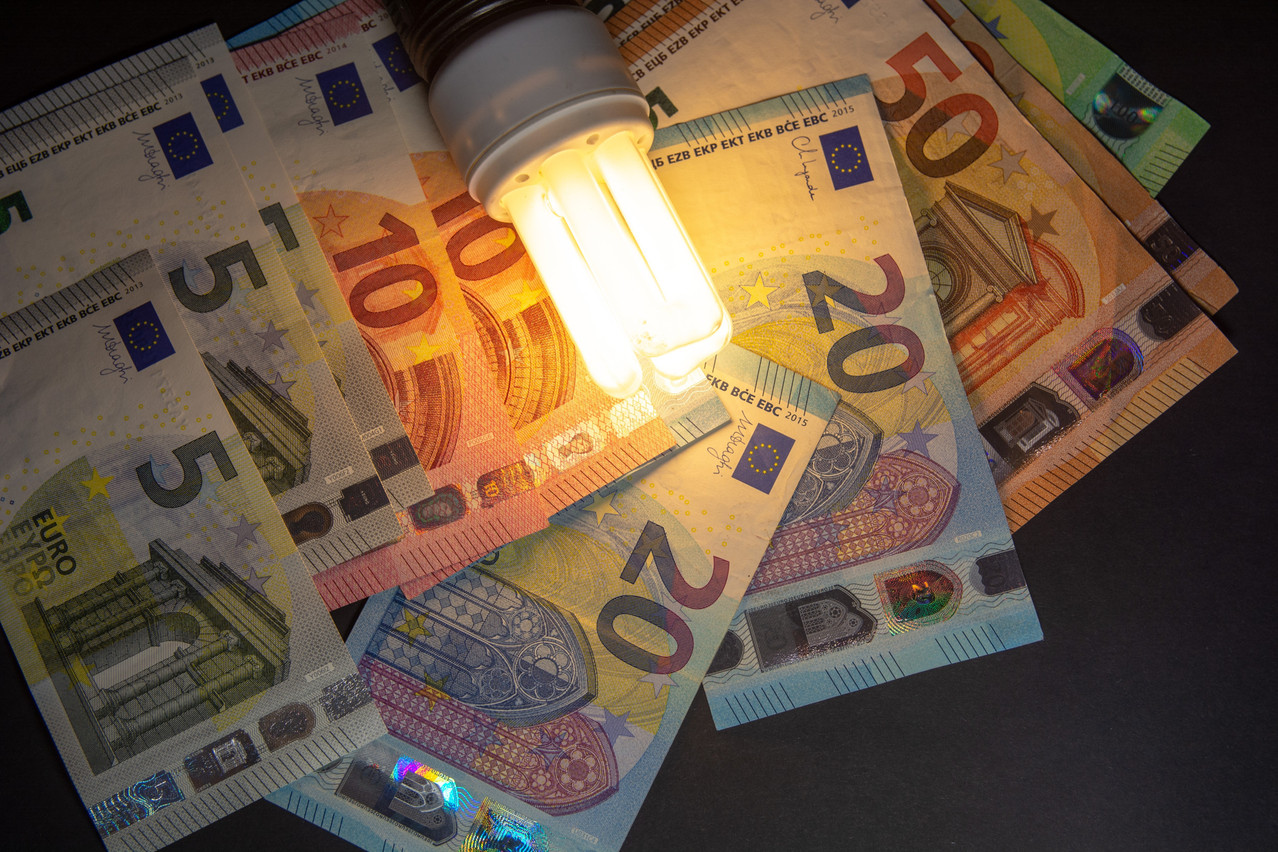The easing of the tariff shield for private customers and a change in the electricity billing structure will lead to higher bills for many households in Luxembourg. An increase of around 11%, according to the Chamber of Employees (Chambre des salariés, CSL), which looks at the subject in its latest Econews. “While all households should expect an increase in their network costs, those who have recently invested in electrifying their domestic heating (heat pumps) or their mobility (electric cars) will be the hardest hit, with rates of increase that could easily reach 25-33% in 2025 compared with 2024. This sharp rise is likely to send out a negative price signal that could slow down the transition to a low-carbon society,” warns the CSL.
This follows the announcement made by the Institut luxembourgeois de régulation (ILR) at the end of 2024 when it presented and its intention to introduce a dynamic billing structure. Since 1 January, private individuals, businesses and SMEs have been classified as consumers. The aim of this change is to respond to the increase in network capacity, based on the principle that the current tariff was not fair because it did not reflect the real costs of the network.
As a result, the structure of the tariff changed on 1 January, with greater emphasis on the notion of power, which is billed at a higher price if exceeded. The CSL has also provided an overview of the new pricing structure based on the power used, with four components. For a power of 3KW, the fixed charge is €11.11 per month, rising gradually from there: €29.46 per month for 12KW, €60.03 for 27 KW, €147.66 for 70 KW and €208.80 for 100 KW. In addition to this charge, there is a metering charge of €5.90 per month, a volumetric charge that applies to the volume of electricity drawn from the grid, and a surcharge applied to the volume exceeding the reference power.
While this new pricing system should encourage customers to consume more sensibly, the Chambre des salariés has warned that network usage charges “will increase for all households, including those that never exceed their reference power.” For a two-person household that never exceeds its reference power of 3KW, the increase will be 6.72%, or around €23 more. If the same household exceeds the reference power by 10%, the increase will be 16.94%, or around €58.
A double-edged change
Although an increase in charges seems unavoidable, the CSL is encouraging households to “avoid overruns as far as possible,” as each volume overrun results in tariff costs (excluding the price of electricity) that are 2.5 times higher. It points to an even greater impact on households “that do not have the means to adapt their consumption habits.”
At a time when society is in the throes of electrification as part of a decarbonisation and green transition process, with a 69% increase in consumption forecast by 2040, this development raises questions and could discourage electrification, with households and businesses becoming reluctant to adopt electric technologies. But at the same time, the energy transition implies high costs for modernising infrastructures and developing renewable energies. The challenge is therefore to balance the financing of the transition while avoiding penalising end-users.
This article was originally published in .
